
Meet the herd – the eight wild bison on a wilding journey in Canterbury
Since bison were released into West Blean and Thornden Woods on the outskirts of Canterbury, they have not only transformed the landscape but significantly grown in number.
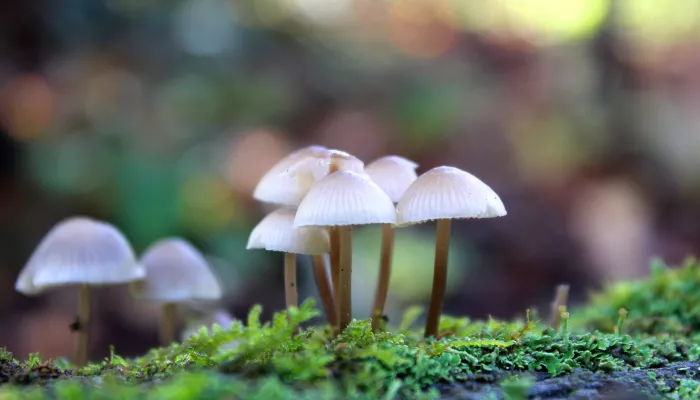
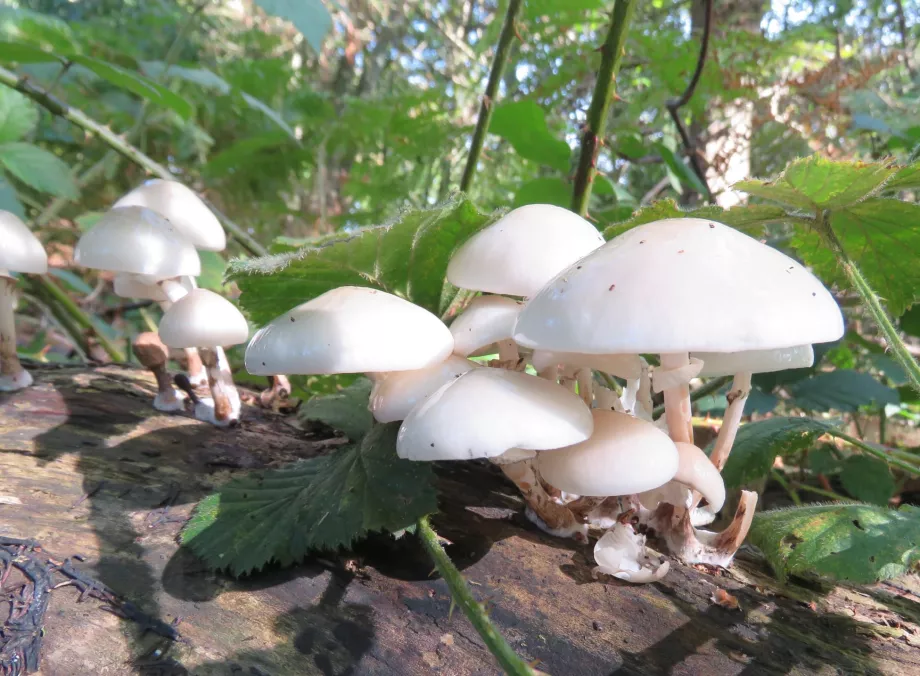
Porelain Fungus in Hothfield Heathland © Anne Rowe
They might be called ‘primitive’ plants but fungi are all fine-tuned to the conditions of their habitats and all occupy a particular niche in their food chain. With no chlorophyll to make food through photosynthesis, it’s the permanent and large underground network of mycelia that make food - energy – by breaking down living or dead organic matter.
Yellow brain fungi are parasitic on the mycelium of other fungi. The oyster mushroom stuns nematode worms lurking in the host wood, using a powerful toxin before absorbing the worm’s juices. Some fungi survive being frozen solid, some only appear in spring or summer. This is a vital part of the natural process of decay and regeneration, not welcome of course when it involves honey fungus or dry rot fungus damaging valued plants or essential structures.
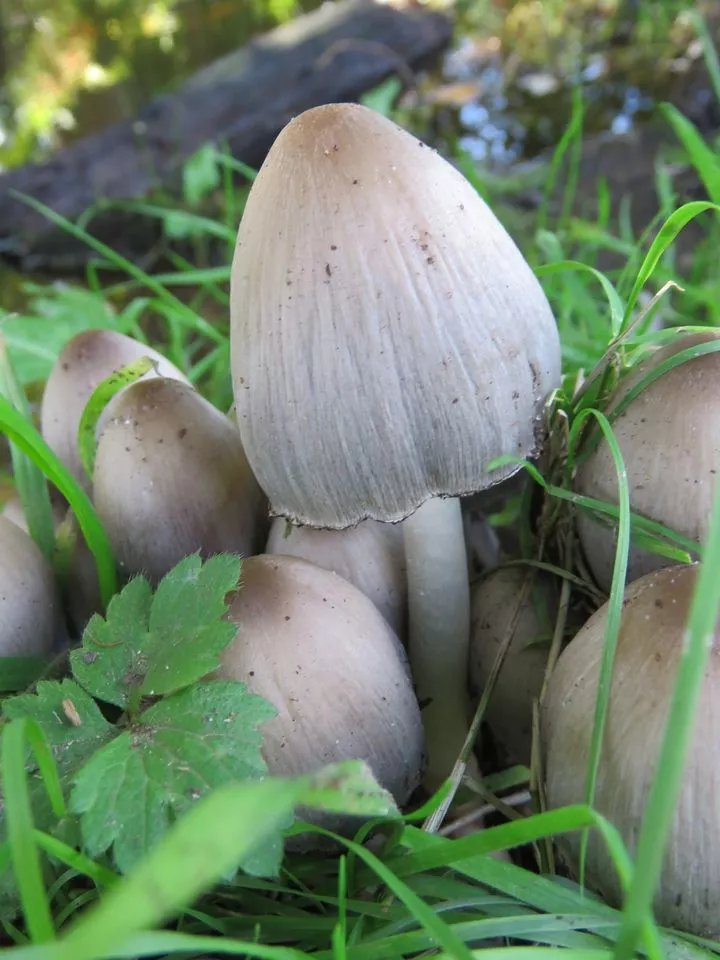
Common Ink Cap at Hothfield Heathland © Anne Rowe
Do take away photos and memories, but please leave all the fungi for others to enjoy. The ‘others’ include organisms that depend on the fungi for food or habitat. Ian, the Area Manager, reports that the Oyster fungi beetle is severely threatened, primarily due to its food source (oyster fungi) being over collected. That will affect whatever feeds on the oyster fungi beetle higher up the food chain, and so on.
Everything is interlinked.
Leaving them alone also avoids the dilemma of which are edible and which poisonous. There are plenty of grow-your-own kits available now, using coffee grounds, soaked straw, fresh logs and even telephone directories (before they become endangered themselves) as the base for the spawn.
Click here to learn more about the incredible fungi you can find in Kent.
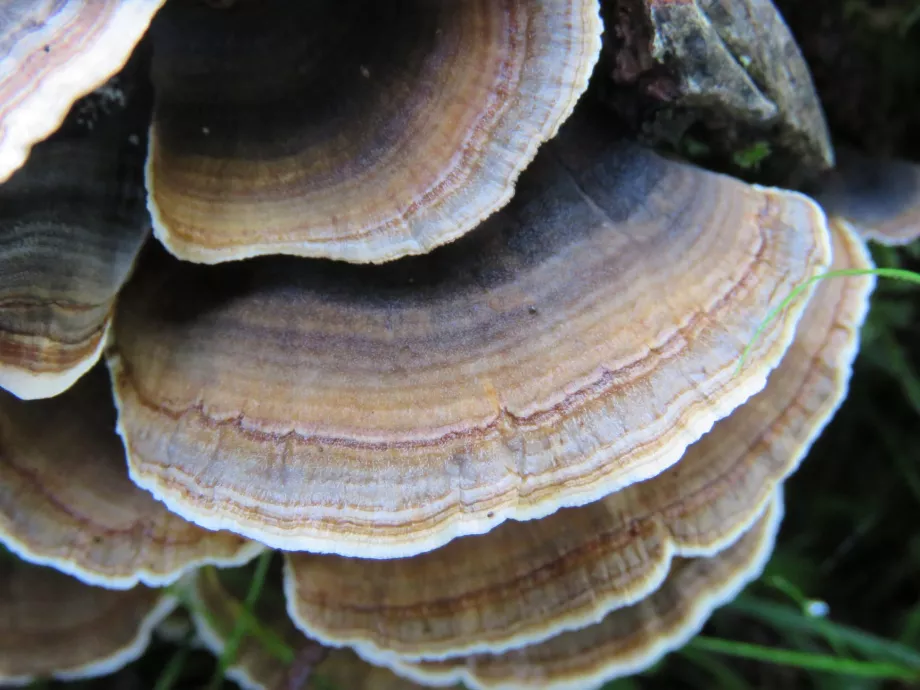
Bracket Fungus at Hothfield Heathland © Anne Rowe
Everyone is welcome to visit Hothfield Heathlands but please remember this is first and foremost a haven for wildlife. Please keep dogs close to you at all times, do not let your dog run and play off the paths and through the areas of heather and gorse. Breeding and feeding birds are seriously impacted by this disturbance, causing them to abandon nests or preventing them from collecting the food they need.
Make sure anything you bring with you leaves the reserve with you. Remove litter, dog mess and place all dog bags in the bins. Hothfield Heathlands is one of the best spots of wildlife in the county, with your help we can keep it that way.

Since bison were released into West Blean and Thornden Woods on the outskirts of Canterbury, they have not only transformed the landscape but significantly grown in number.
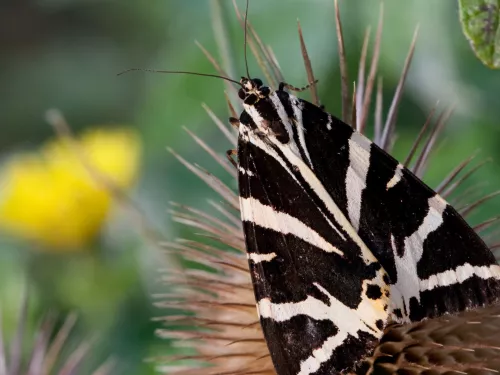
Margery Thomas, Hothfield Volunteer and regular columnist looks at the lack of butterfly sightings in recent months, the work volunteers are doing to remove bracken and how this all impact the wider management of the last remaining fragments of heathland…
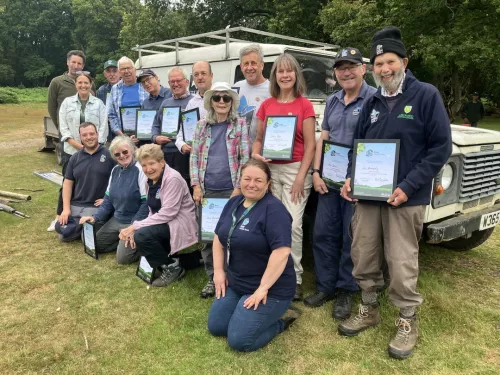
By August, floral glory has passed from the orchids (heath spotted, southern marsh and a few large hybrids) to the heather or ling. As ever, we hope for a protracted display of purple in the heathy areas, which is likely if the cool nights persist. Orchid…